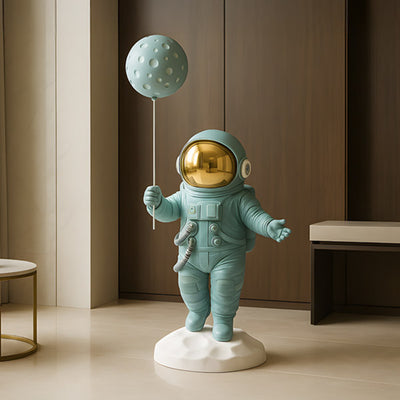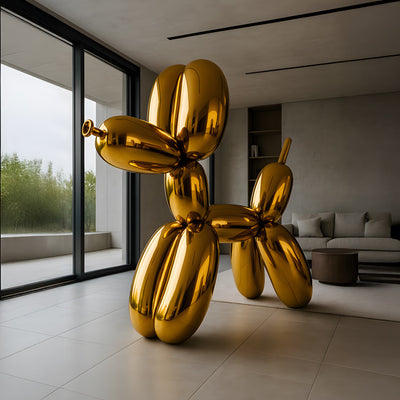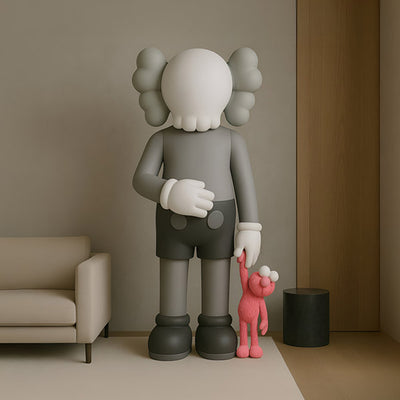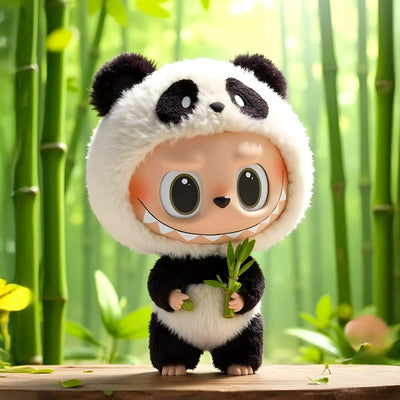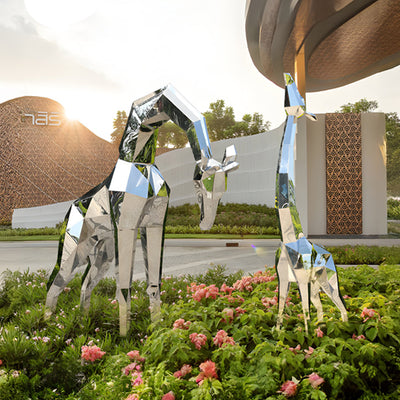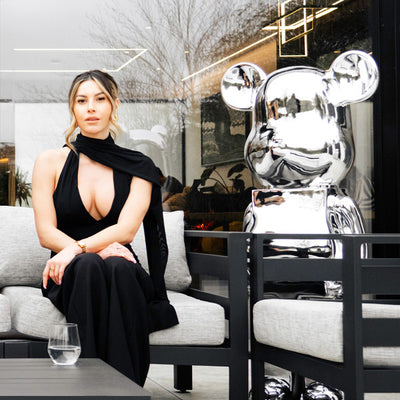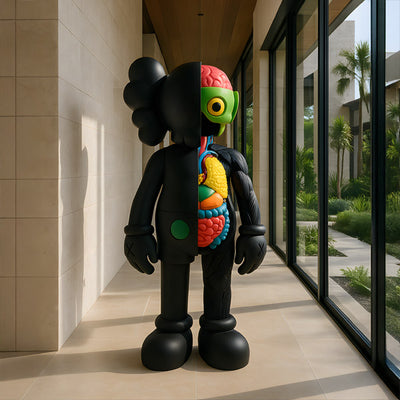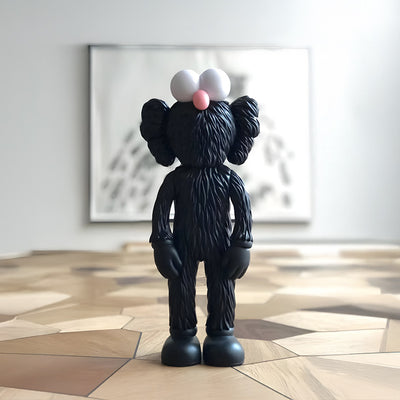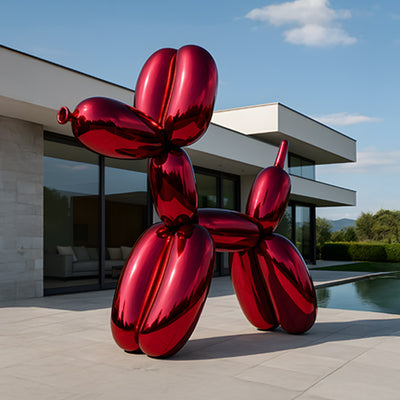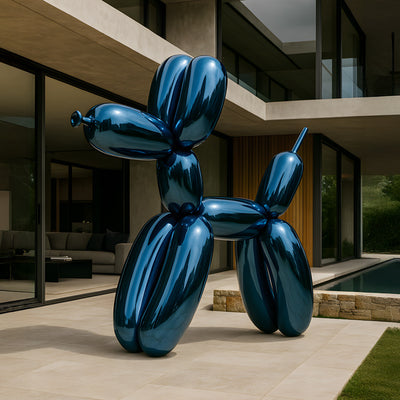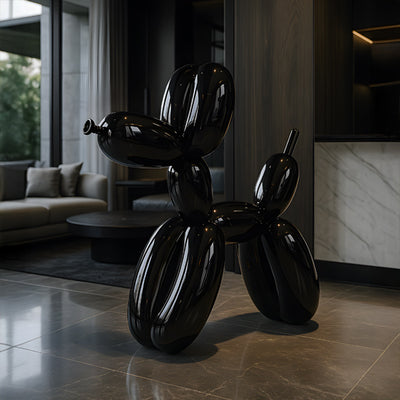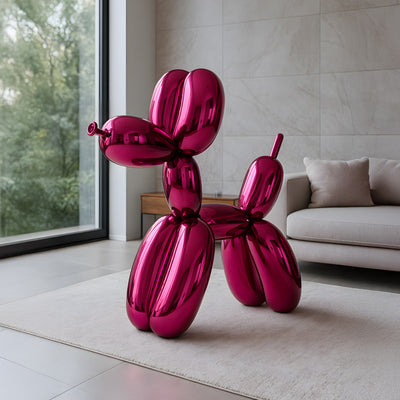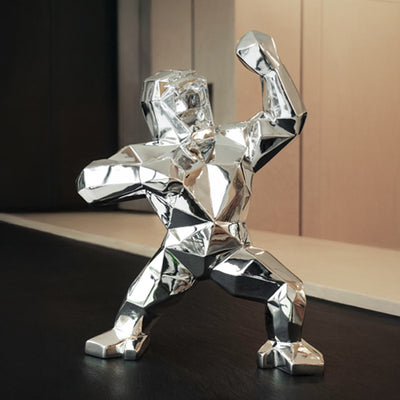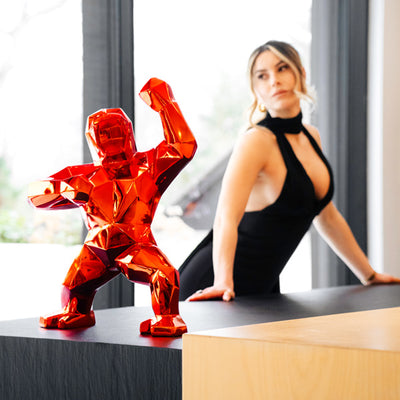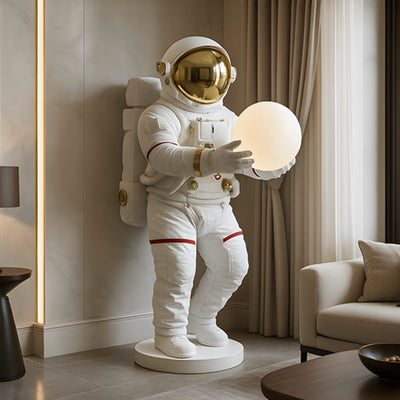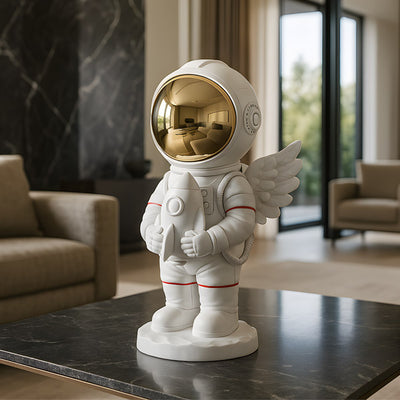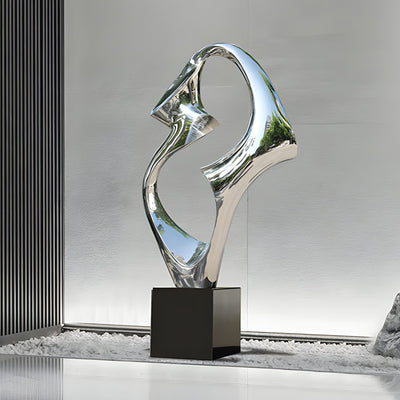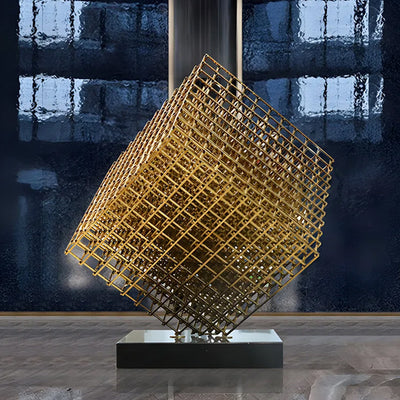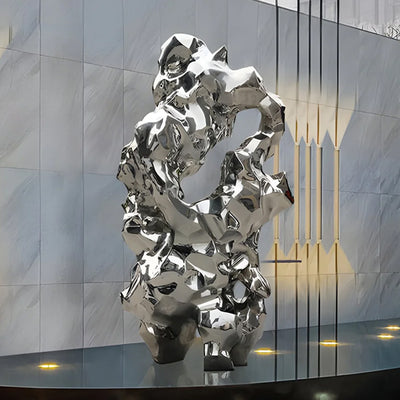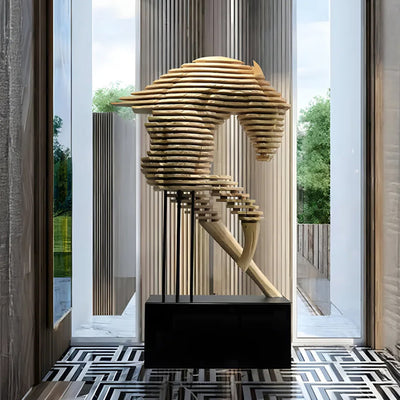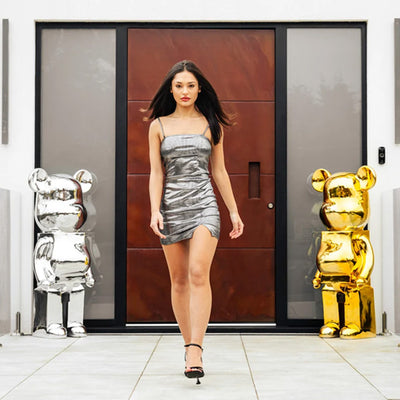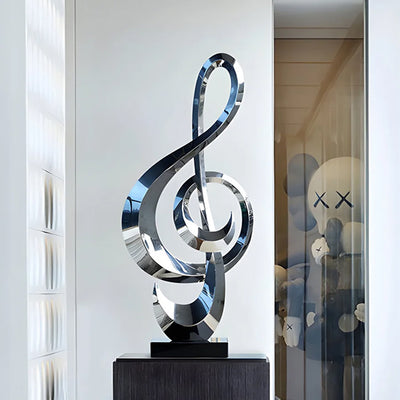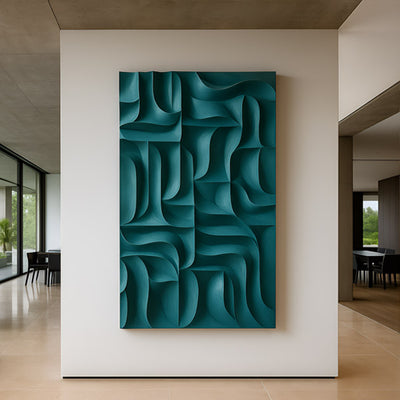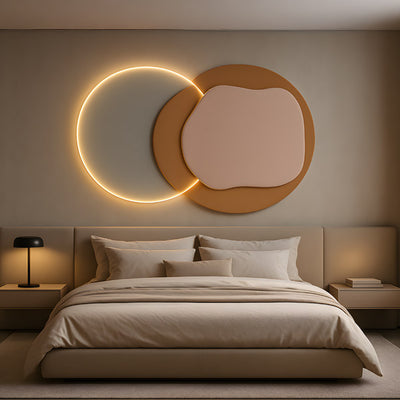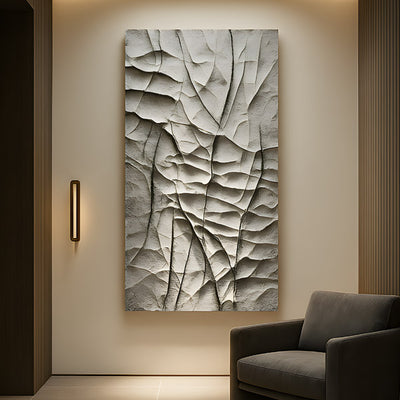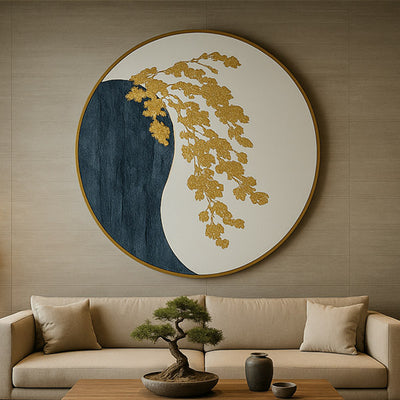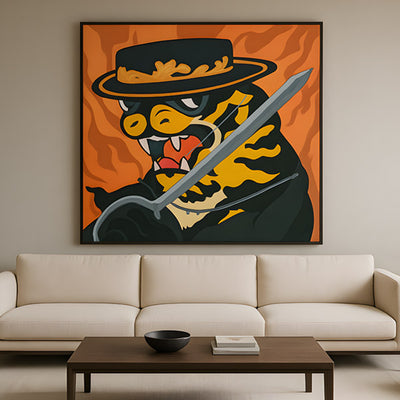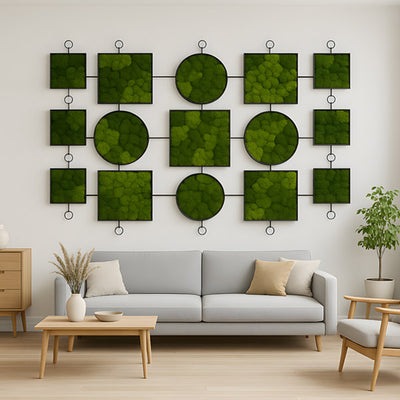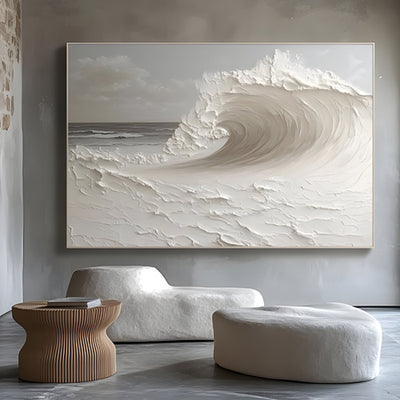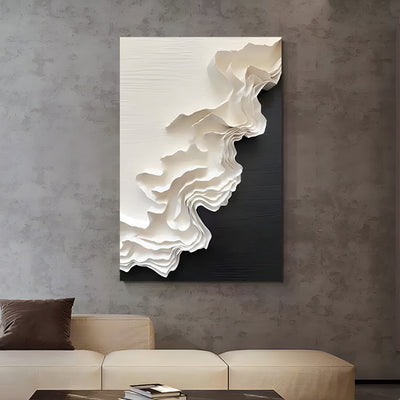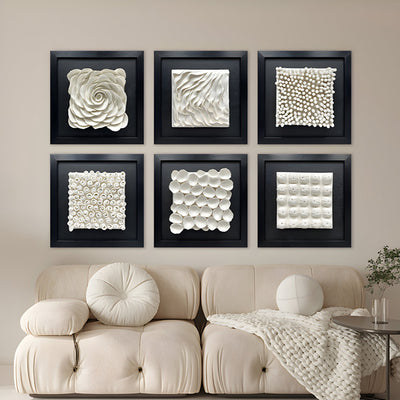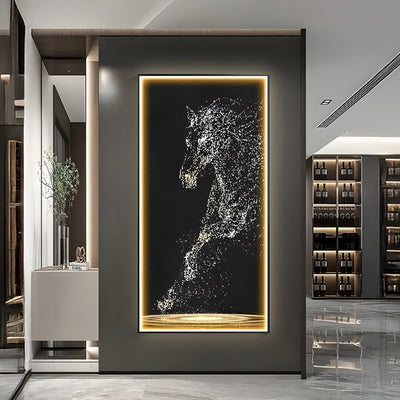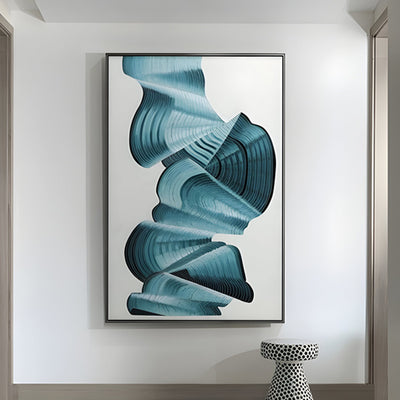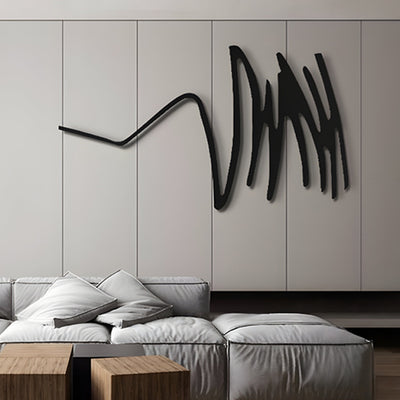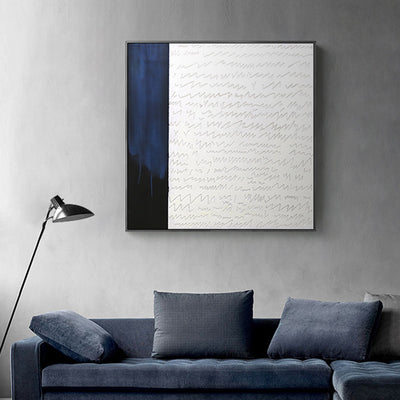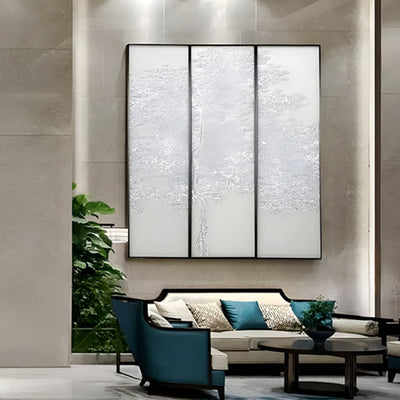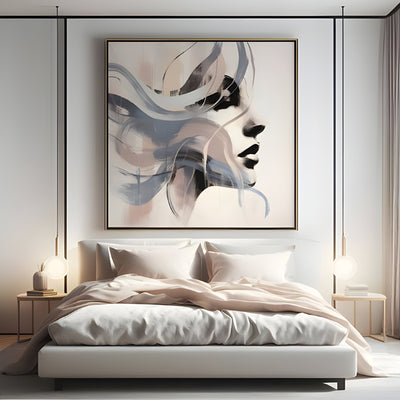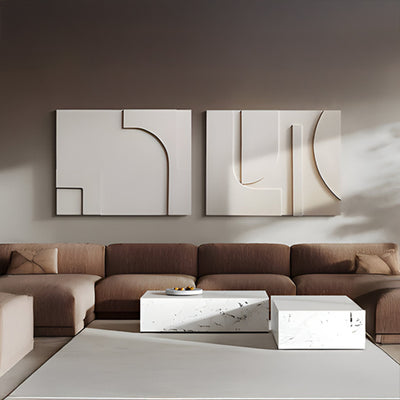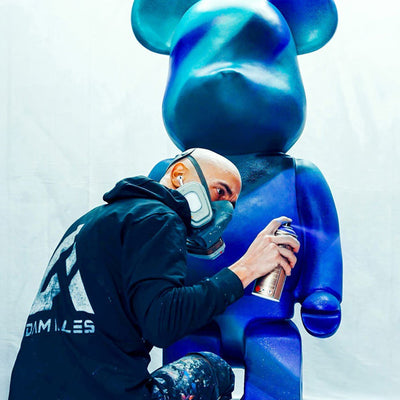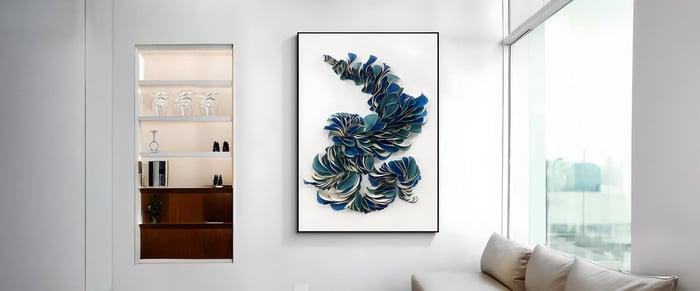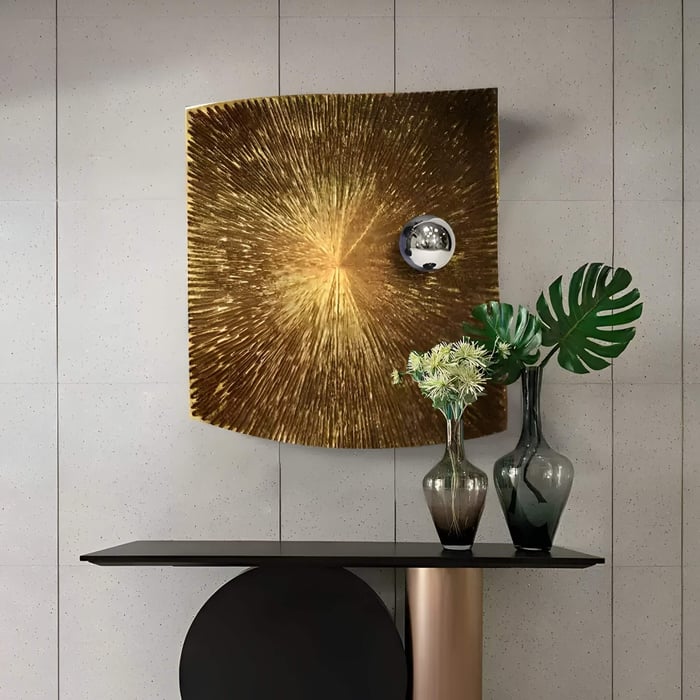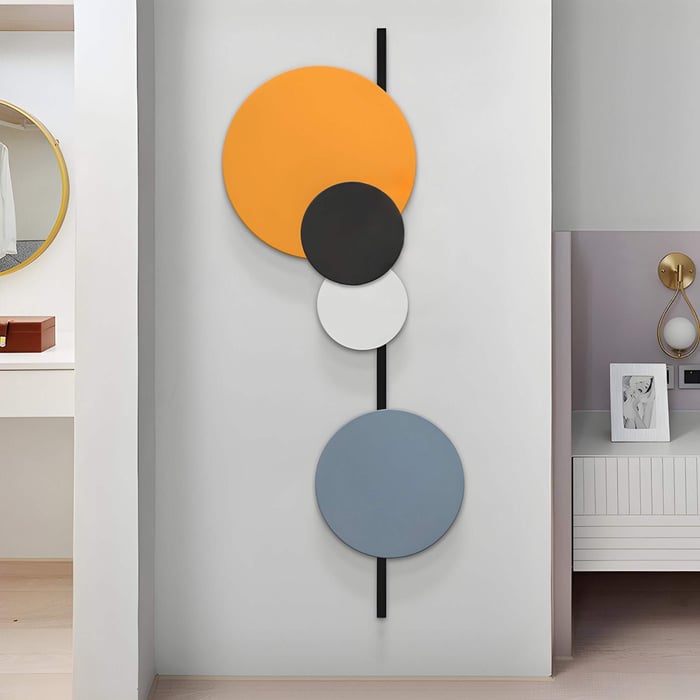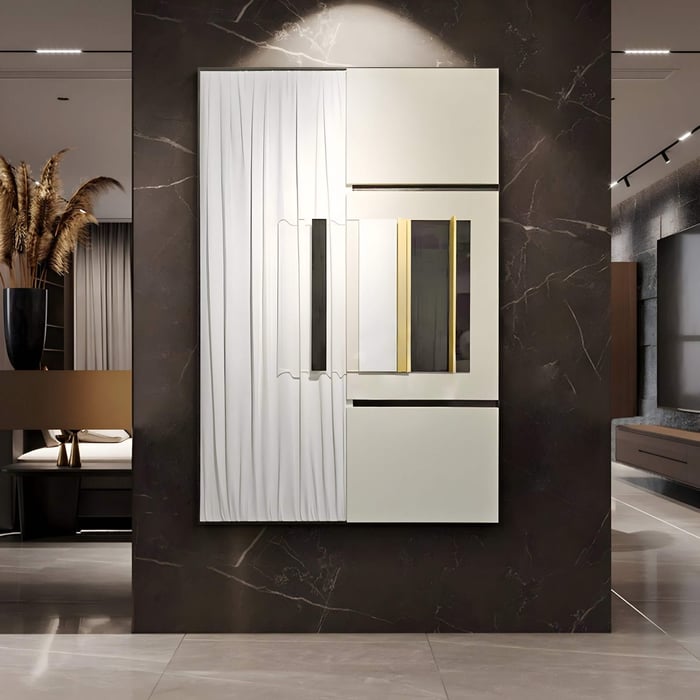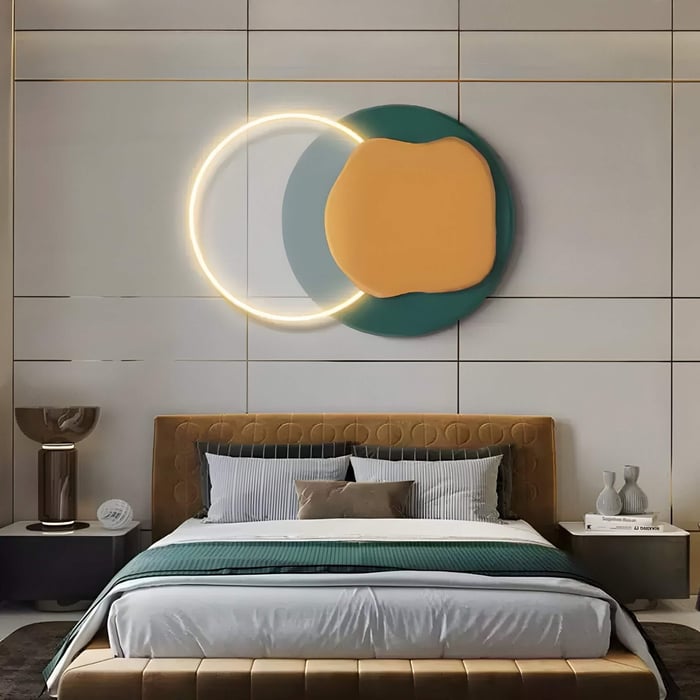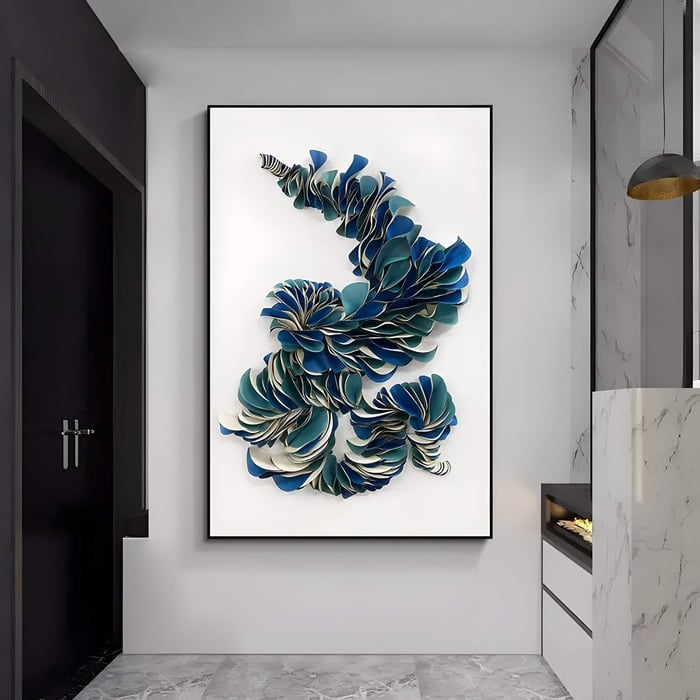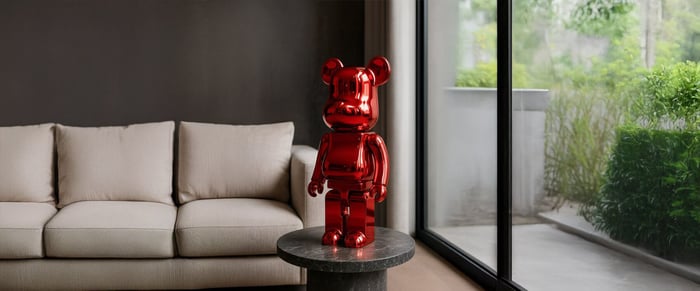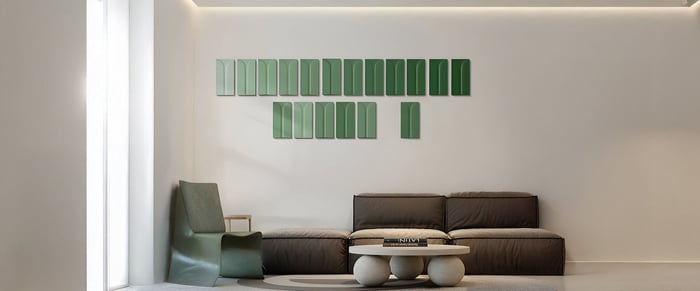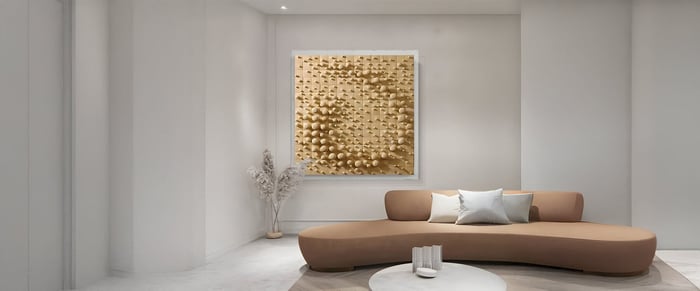Introduction: The Evolution of Leather in Modern Wall Art
Leather has been a symbol of craftsmanship for centuries, used in fashion, furniture, and functional goods. Today, it’s evolved beyond traditional applications into one of the most unexpected yet striking forms of wall decor. Welcome to the era of leather art: where organic texture meets modern design.
From ancient tooled leather panels in heritage homes to today’s sleek leather wall installations, the material has evolved into a staple of contemporary design. Now fused with trends like abstract art, 3D design, geometric composition, and even LED integration, leather wall art has become a bold, versatile choice for modern interiors.
This guide dives deep into the rise of leather as a creative medium in interior decor, showcasing how handcrafted leather artwork offers tactile beauty, sculptural dimension, and ambient glow.
Understanding Leather as an Artistic Medium
Leather's appeal lies in its unique blend of texture, durability, and versatility. Artists and designers commonly use:
Genuine Leather: Offers a rich texture, natural grain, and authenticity that can’t be replicated.
PU Leather: A synthetic alternative that's cost-effective and vegan-friendly.
Benefits include:
Exceptional longevity compared to fabric-based art.
Deep, tactile surfaces that add visual warmth.
Ability to mould into sculptural shapes or accept printing, painting, and embossing.
Compared to materials like glass or acrylic, leather is softer and warmer, creating a grounded, earthy presence on your wall. Its pliability means it can be shaped into sculptural forms or laid flat in intricate patterns, making it ideal for various art styles.
Leather also accommodates mixed media seamlessly, artists pair it with wood, resin, or metal for unique compositions. Its flexibility allows for stitching, weaving, and embossing, offering a broad creative playground.
Exploring 3D Leather Wall Art
3D art involves the use of volume and shadow to create a sculptural effect that leaps off the wall. When executed with leather, this effect is particularly striking. These artworks create not just visual intrigue but a sensory depth that enhances any interior.
What Makes It 3D? Raised surfaces, layering, folds, padding, or moulded contours.
Techniques:
Leather wrapping over frames.
Raised leather tiles or padded panels.
Sculpted forms adhered to a backing board.
Visual Impact: These pieces add dimension, creating focal points in rooms with clean or minimalist lines. Textured leather wall art with 3D elements becomes a conversation starter, especially in entryways or living rooms.
Popular Examples: Oversized leather art panels with undulating curves, modular leather wall sculptures in earthy tones, or mixed-media works blending leather with metal or wood. Some artworks even explore topographical mapping or abstract forms through layered hides.
The Allure of Abstract Leather Art
Abstract art lets form, texture, and colour lead the viewer's interpretation. Leather becomes a powerful medium in this space:
Non-representational Forms: Curves, slashes, waves, and colour blocks offer visual intrigue.
Creative Techniques: Artists may stitch, emboss, laser-cut, or layer different types of leather.
Expression Through Texture: Leather's tactile nature enhances the emotive quality of abstract forms, bringing them to life in a way canvas or print cannot.
Why It Works: Abstract leather pieces feel both modern and organic. They suit spaces designed for relaxation, introspection, or creativity.
Contemporary examples include monochrome leather wall hangings with layered elements or multi-colour abstract compositions with stitched seams and organic cut-outs. These works are particularly suited to minimalist interiors that crave an artistic centrepiece without overwhelming colour.
Geometric Patterns in Leather Wall Decor
Geometry brings structure and rhythm. When applied to leather, these patterns gain softness and dimension, providing a refined aesthetic.
Why Geometric? Geometric art feels modern, ordered, and visually clean.
Crafting Techniques:
Hand-cut tiles forming repeating patterns.
Precision stitching to create triangles, hexagons, or gridlines.
Embossed leather with digitally designed motifs.
Aesthetic Appeal: Leather softens the rigidity of geometry, making it more inviting. Geometric leather wall panels can function as centrepieces or as subtle textured backdrops.
Style Pairings: These work beautifully in modern, Nordic, and minimalist interiors. Think leather art in soft neutrals with hexagon embossing or bold black and tan leather grids for high-contrast spaces.
Integrating LED Lighting with Leather Art
One of the most contemporary twists in leather wall design is the integration of built-in LED lighting. LED & neon art are conceived as luminous sculptures, glowing from within or around the artwork.
LED-infused leather art merges ambient lighting with tactile design. The glow enhances the form and creates dynamic interplay between light and material.
Design benefits:
Soft backlighting that highlights curves and silhouettes.
Ring lights or halo effects that surround geometric panels.
Programmable LED modules for colour changes or dimming control.
A popular example includes rounded leather panels with embedded LED rings, ideal for bedrooms or mood-lit lounges. These illuminated leather art pieces blend function and sculpture in a way that enhances any interior.
Styling Tips: Incorporating Leather Art into Various Interiors
Whether your interior is sleek and industrial or soft and layered, leather wall art adapts easily.
Modern: Stick to abstract or geometric leather wall hangings in black, white, or grey. Pair with metal accents and polished surfaces.
Industrial: Use brown or distressed leather textures in large-scale art panels. Combine with raw wood and exposed concrete.
Minimalist: One oversized textured leather artwork with clean lines. Focus on negative space and tonal harmony.
Eclectic: Mix leather wall hangings with woven art, mirrors, or framed illustrations. Go bold with colours, or layer varying sizes and textures.
Placement Ideas:
Behind the bed as a headboard alternative.
In hallways to add interest to narrow walls.
In dining areas to soften acoustics.
Above console tables for grounding effect.
Styling Tip: Match leather tone with other materials in the room, like leather furniture, rugs, or wooden finishes. Let your artwork harmonise with existing textures.
Maintenance and Care for Leather Wall Art
To preserve your leather art's beauty:
Dust Regularly: Use a soft, dry cloth to remove surface dust.
Avoid Moisture: Leather is sensitive to humidity. Keep pieces away from damp areas.
Prevent Fading: Avoid direct sunlight to protect colour and finish.
Condition Occasionally: For genuine leather, use a leather-safe conditioner every 6-12 months.
Installation Tips: Use stable fixtures to avoid stretching or warping over time. Avoid hanging in areas prone to high humidity like bathrooms unless treated for moisture resistance.
Proper care not only extends the life of the artwork but preserves its original beauty and form for years to come.
Conclusion: Embracing the Fusion of Tradition and Modernity
Leather art fuses craftsmanship with modern design. From abstract compositions to illuminated panels, it offers an elevated take on wall decor.
Whether you favour bold geometric art or soft-textured leather wall sculptures, there's a piece out there that fits your aesthetic and emotional needs. Leather brings warmth, heritage, and tactile interest, qualities often missing in synthetic decor.
Explore the world of handcrafted leather artwork and experience how leather's tactile beauty and timeless appeal can transform your space into something truly unique.
